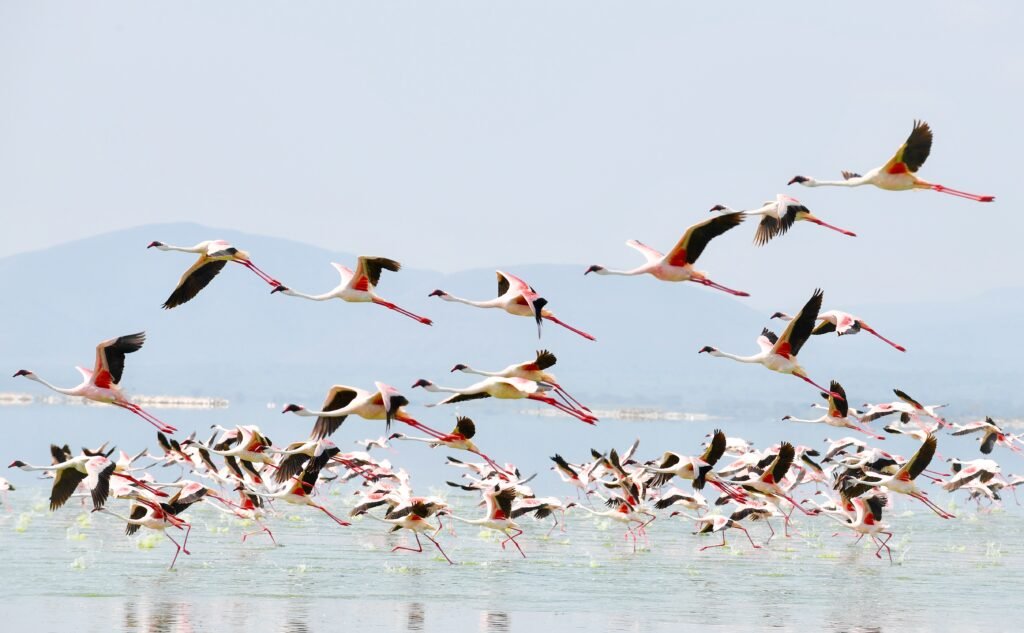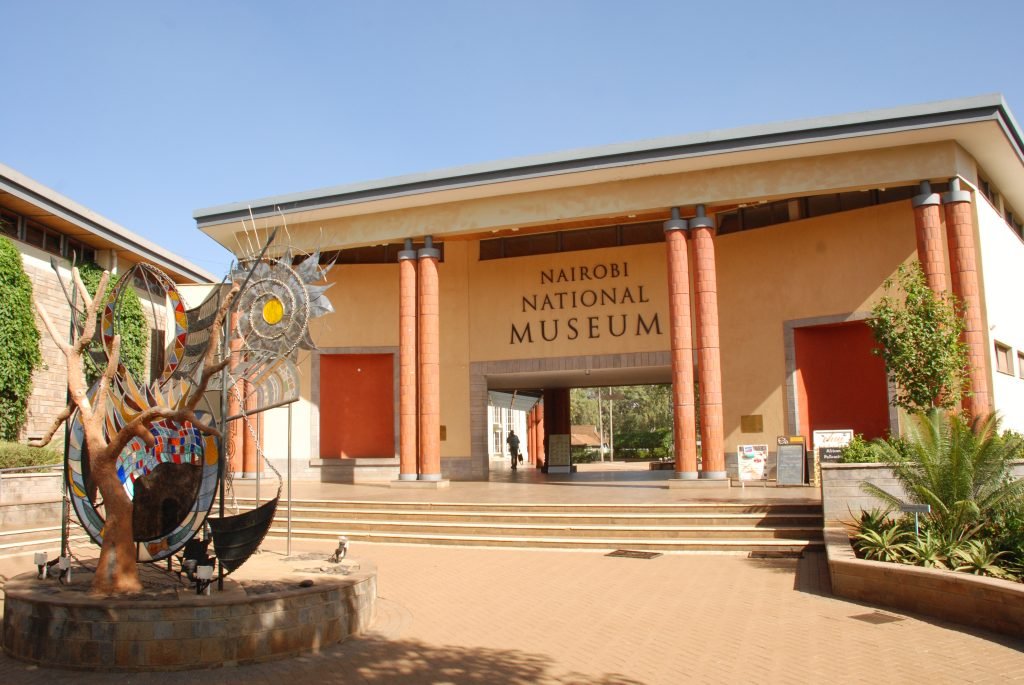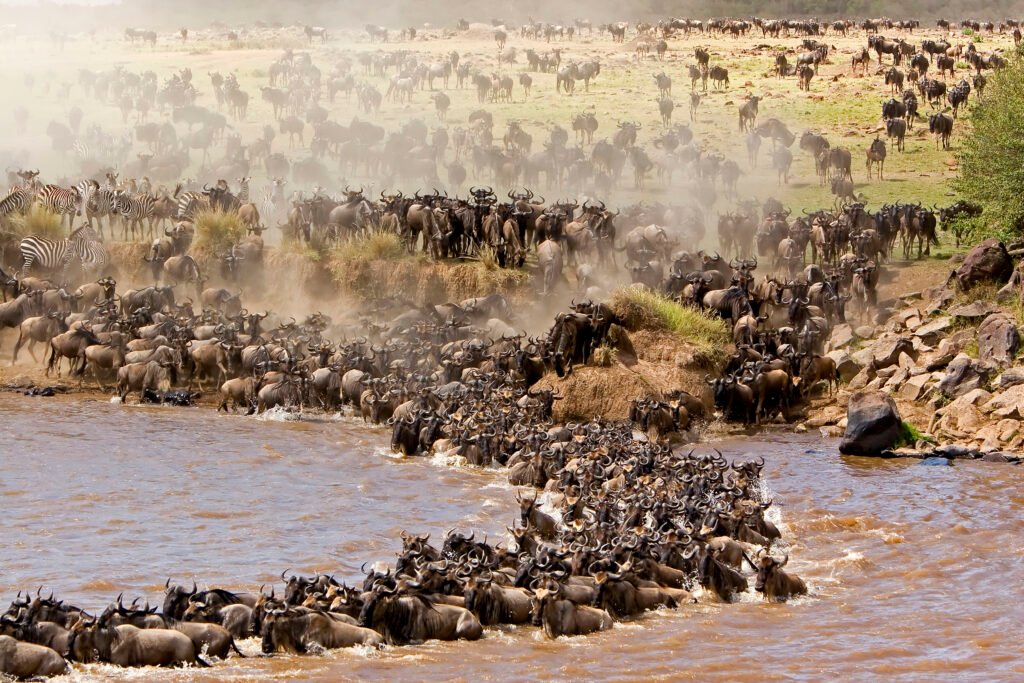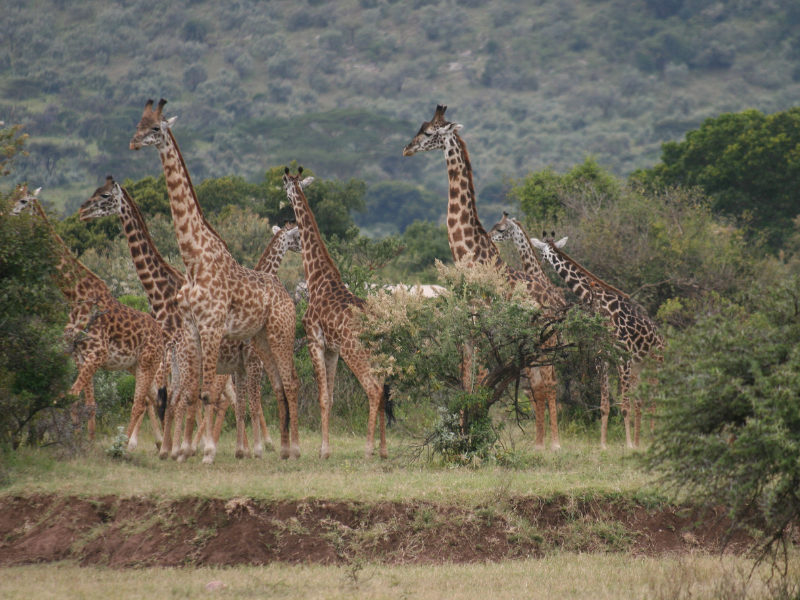Only here in Kenya for three days? Don’t worry; your 72-hour adventure in Kenya will be filled with excitement and discoveries. This captivating journey will offer a glimpse into the heart and soul of this vibrant and overlooked country, from its unique cultural heritage to its breath-taking natural wonders, each experience promising to be worth the exploration. So make the most of every hour, and see what’s in store for you in Kenya! Here are expert tips from Wild Whispers travel specialists on how to maximize your 72-hour adventure in Kenya.

Kenya in 72 Hours
Day 1: Explore Nairobi’s Cultural Heritage
Begin your adventure in this beautiful country by visiting the National Museum, where you’ll discover the fascinating history of our ancient ancestors through fossils and tools. Don’t miss out on the thrilling experience of exploring the snake park, where you can encounter these slithering reptiles up close—proceed with caution! Next, head to the Giraffe Center for a hands-on wildlife meet-up. Feed these graceful and fun-loving creatures and click some unforgettable pictures as you interact.

Day 2: Safaris in Masai Mara
Awake with the sun and embark on a thrilling safari adventure in the iconic Masai Mara. Traverse the vast plains where Kenya’s wildlife roams freely, from majestic lions to graceful zebras. Keep your eyes peeled for the Great Migration, a breath-taking spectacle of thousands of wildebeest and zebras crossing the Mara River. Immerse yourself in the untamed beauty of the savannah as you witness nature’s free spirit unfold before your eyes. Pause to admire the stunning sunset, a perfect moment to reflect on the wonders you’ve witnessed.

Day 3: Inner Peace on Lamu Island
Escape to the glistening shores of Lamu Island, a tranquil oasis on Kenya’s northern coast. Wander around the charming streets of Lamu Old Town, a UNESCO World Heritage Site, and get a chance to learn more about the island’s rich culture. Experience the unique charm of this car-free island, where travel is only by boat or donkey, adding to its allure and authenticity. Relax by the pristine beaches, listening to the sound of waves, or set to sail on a traditional dhow for a leisurely cruise. End the day by indulging in some delectable Swahili cuisine and savouring freshly caught seafood’s delicious flavours.

In just 72 hours, you can still experience the best of Kenya – from learning about the culture to going on thrilling safaris and experiencing peace on earth. Each moment will be a testament to the nation’s diversity and beauty, leaving a lasting impact on you. As you bid farewell to Kenya, carry with you irreplaceable memories of relaxation and rejuvenation in its timeless beauty.





























